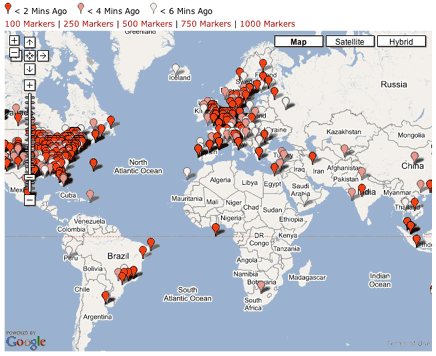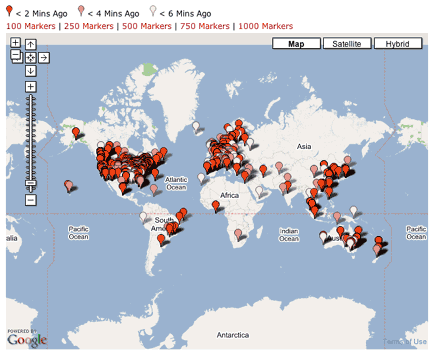Happy Cog’s redesign of Advertising Age, the leading journal of the advertising profession, debuted on Sunday 9 April 2006.
Along with a complete visual overhaul, the redesign included a restructuring and repositioning. In the past, the print magazine was Advertising Age and the website was, well, a website. But with this redesign, the full editorial experience of Advertising Age comes to the web.
In a welcome message, the magazine’s Scott Donaton writes:
For the first time ever, the full contents of the current issue of Advertising Age will be available online for subscribers on Sunday night, the day before the print edition hits newsstands and in-boxes.
Publishing is changing, advertising is changing, where people get their news is changing, and how publications earn their keep is changing. The journalistic enterprise is no longer one-sided: magazines, while remaining authoritative, must also listen to their readers’ voices — and readers want to know what other readers have to say. On top of all that, there were tough decisions to be made about free versus paid content.
Happy Cog worked closely and intensely with Advertising Age to solve architectural, design, and usability challenges. Considering the vastness of the undertaking (not to mention the fact that all of us are still figuring this stuff out) I think we did all right.
Thanks to Allison Arden and Jason Schmidt and their colleagues at Advertising Age for the opportunity, the thinking, and the support.
For Happy Cog: V.L. Bowls, Rob Weychert, Dan Cederholm, Erin Kissane, and Jason Santa Maria. You are all made of stars.

